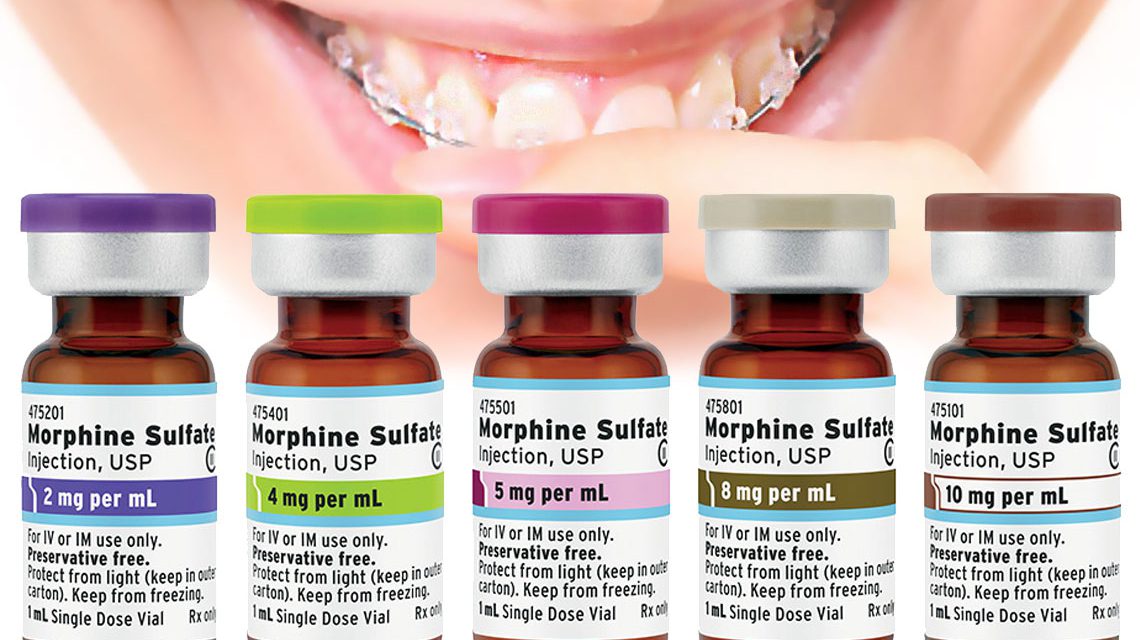OBJECTIVE:
To investigate the effect of morphine as an exogenous opioid on orthodontic tooth movement. Naltrexone will be used as an opioid antagonist to confirm the results.
METHODS:
Forty rats were randomly divided into four equal groups. The first group received no injection; the second group received daily injections of morphine; the third group received daily naltrexone-morphine injections and the fourth group daily injections of naltrexone-normal saline. The left first maxillary molar in each rat was tipped mesially with a NiTi closed coil spring. The rats were sacrificed after 14 days and the maxillae fixed, sectioned serially and examined histologically.
RESULTS:
The greatest amount of tooth movement occurred in the Control group and the least amount of tooth movement in the Morphine group. Tooth movement in the Morphine group was significantly different from the other three groups (p < 0.05). The differences in tooth movement in the Control, Morphine-naltrexone and Naltrexonesaline groups were not statistically significant (p > 0.05). No statistically significant histological differences were found.
CONCLUSION:
Morphine reduced orthodontic tooth movement in rats. This effect was reversed by the opioid antagonist, naltrexone, which had no effect on tooth movement.
- PMID: 21175019



